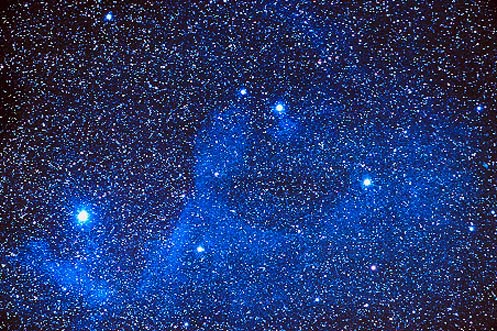Credit & Copyright: G. Greaney
Explanation:
Wisps of dust fill the space between the stars. This
dust is usually invisible,
subtly acting to dim the light of more distant stars.
Sometimes this
dust is thick and prominent
as dark patches on otherwise bright emission nebulae.
Other times this
dust may show
itself by reflecting the light of bright, nearby stars. Because
bright stars tend to be blue,
and because dust reflects
blue light more easily than red,
the resulting
reflection nebula
usually appears blue.
Pictured above
is the reflection nebula Sharpless 2-1 in the
constellation of Scorpius.
1999 2000 2001 2002 2003 2004 2005 2006 2007 2008 2009 2010 2011 2012 2013 2014 2015 2016 2017 2018 2019 2020 2021 2022 2023 2024 2025 |
Yanvar' Fevral' Mart Aprel' Mai Iyun' Iyul' Avgust Sentyabr' Oktyabr' Noyabr' Dekabr' |
NASA Web Site Statements, Warnings, and Disclaimers
NASA Official: Jay Norris. Specific rights apply.
A service of: LHEA at NASA / GSFC
& Michigan Tech. U.
|
Publikacii s klyuchevymi slovami:
dust - reflection nebula - Mezhzvezdnaya pyl' - otrazhatel'nye tumannosti
Publikacii so slovami: dust - reflection nebula - Mezhzvezdnaya pyl' - otrazhatel'nye tumannosti | |
Sm. takzhe:
Vse publikacii na tu zhe temu >> | |
